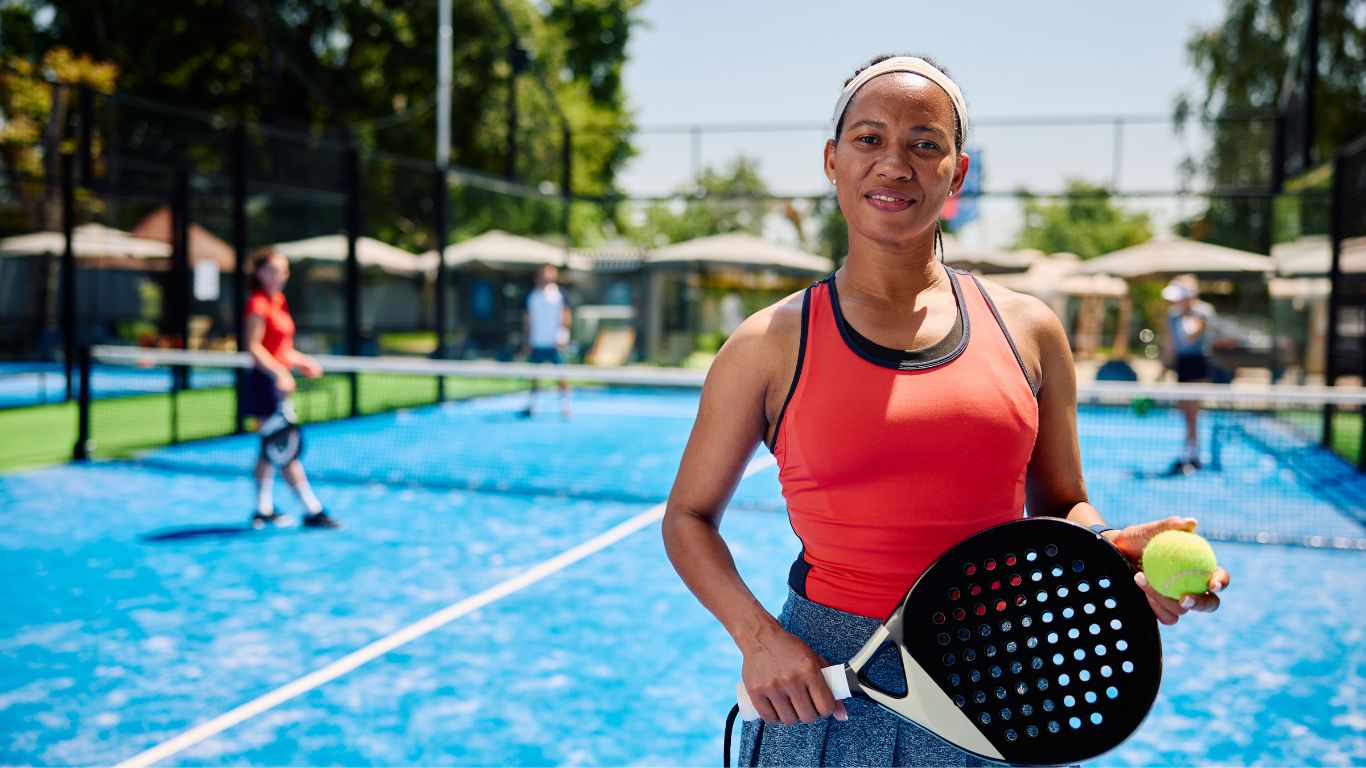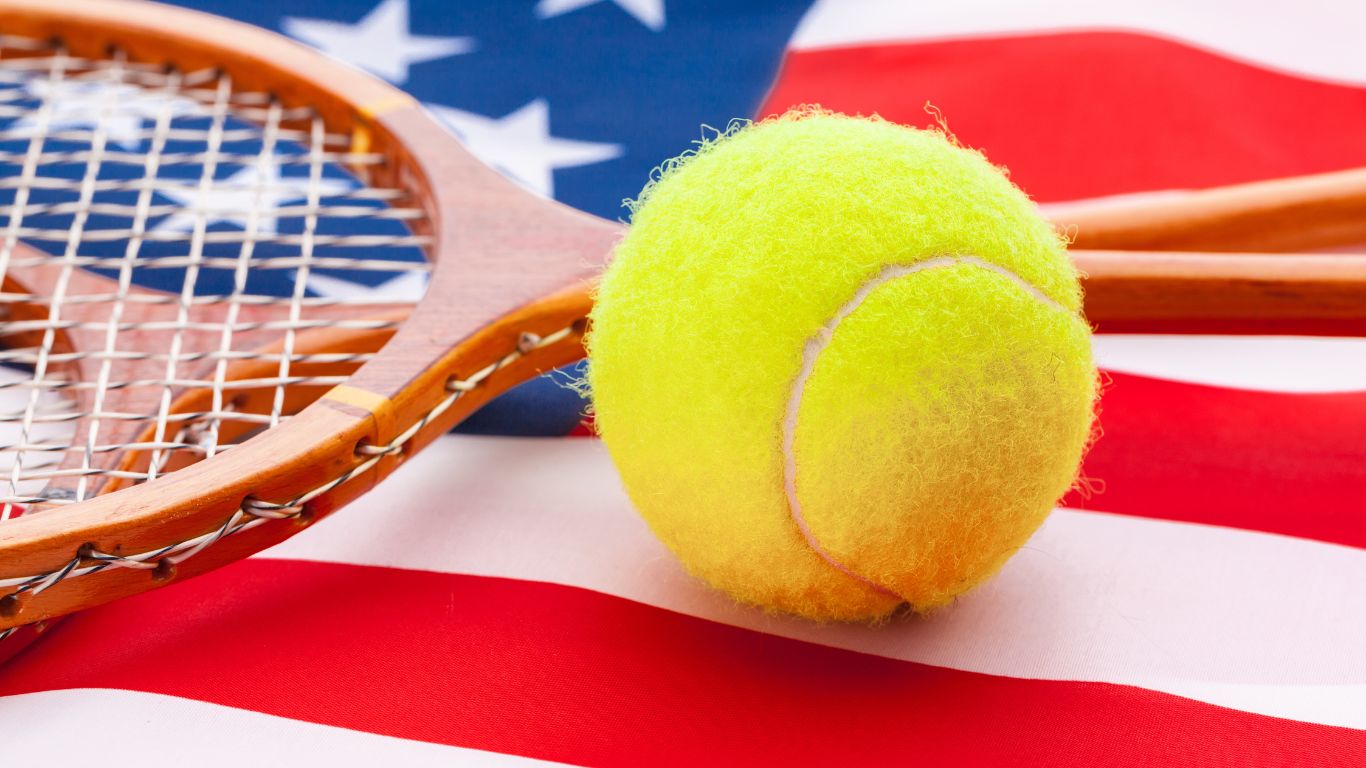Mastering the correct way to hold a tennis racket is fundamental for any beginner. The grip you use can dramatically affect your gameplay, from the power of your shots to the finesse of your returns. Here’s a guide tailored for beginners on gripping a tennis racket using three basic techniques: Eastern Forehand Grip, Continental Grip, and Semi-Western Grip.
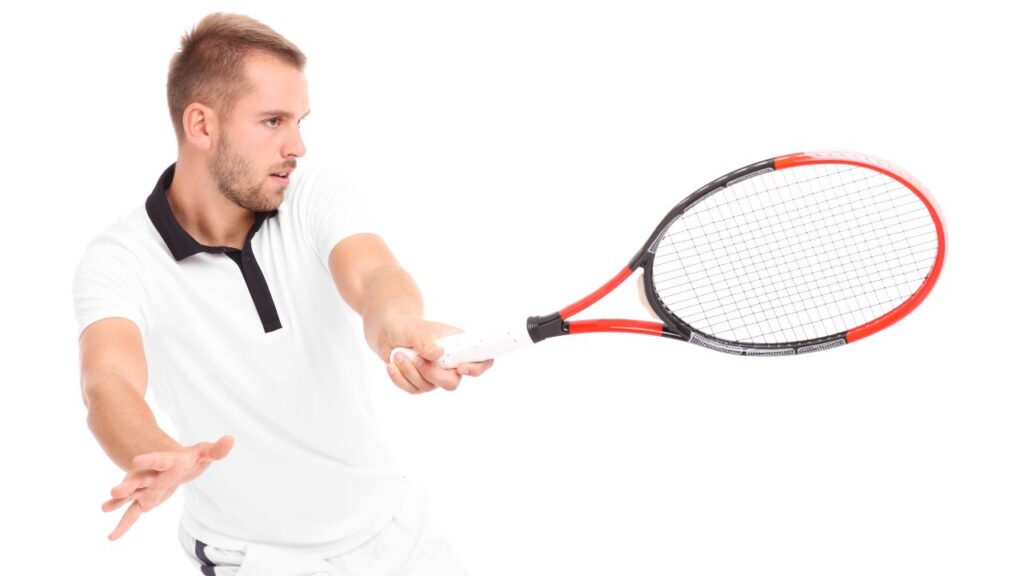
Eastern Forehand Grip
Description and Hand Positioning
- Begin by holding the racket perpendicular to the ground with your non-dominant hand.
- Place the palm of your dominant hand such that the base knuckle of your index finger is against the third panel of the racket’s grip (the panels are the flat sections on the racket handle), mirroring the edge of the racket.
- Wrap your fingers around the grip, keeping a relaxed yet firm hold.
Advantages and Common Strokes
- The Eastern Forehand Grip is ideal for flat shots and balances control and power.
- It’s typically used for forehand groundstrokes.
Continental Grip
Explanation and Hand Placement
- Hold the racket out in front with your non-dominant hand.
- Place your dominant hand so the index finger’s base knuckle is on the second angle.
- Ensure your grip is firm but tight enough to allow movement.
Suitable Strokes and Scenarios
- The Continental Grip is versatile for serves, volleys, overheads, and slices.
- Its usefulness comes from the ability to switch to other grips quickly.
Semi-Western Grip
Overview and Hand Alignment
- Hold the racket with your non-dominant hand at the throat of the racket.
- Turn the racket slightly so the grip is diagonal in your hand, and place the index finger’s base knuckle on the fourth angle.
- Allow your fingers to wrap around the handle naturally.
Usage and Benefits in Different Shots
- The Semi-Western Grip offers easy topspin on shots and is preferred for high-bouncing balls.
- It is commonly used for aggressive baseline play.
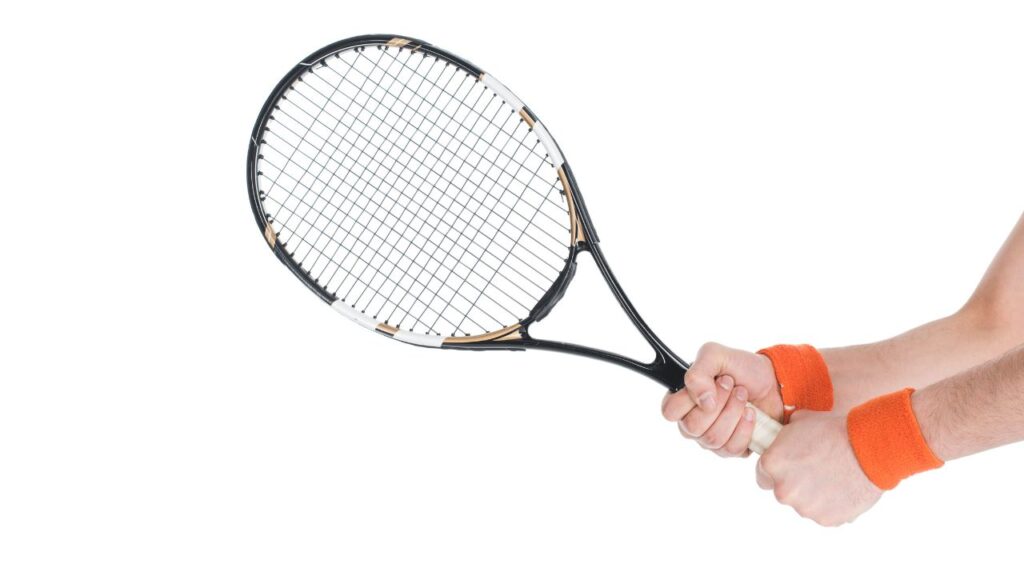
Practice and Transitioning
Drills to Improve Grip Consistency
- Engage in regular shadow swings to build muscle memory.
- Use ball drops to familiarize yourself with the grip on impact.
Switching Between Grips for Versatile Play
- Switch grips during wall-hitting exercises to simulate real-game scenarios.
- Work on grip changes during partner rallies to adapt quickly in matches.
3 Tips to Remember:
- Keep your grip relaxed to ensure wrist flexibility.
- Practice gripping and regripping often to build your muscle memory.
- Be patient with yourself as you learn, and enjoy becoming a better tennis player.
Real-life Examples
To inspire your practice sessions, consider watching matches featuring Roger Federer, Rafael Nadal, and Novak Djokovic, who have mastered these techniques to become game legends. Observe their grip during different shots and emulate their fluidity in your exercises.
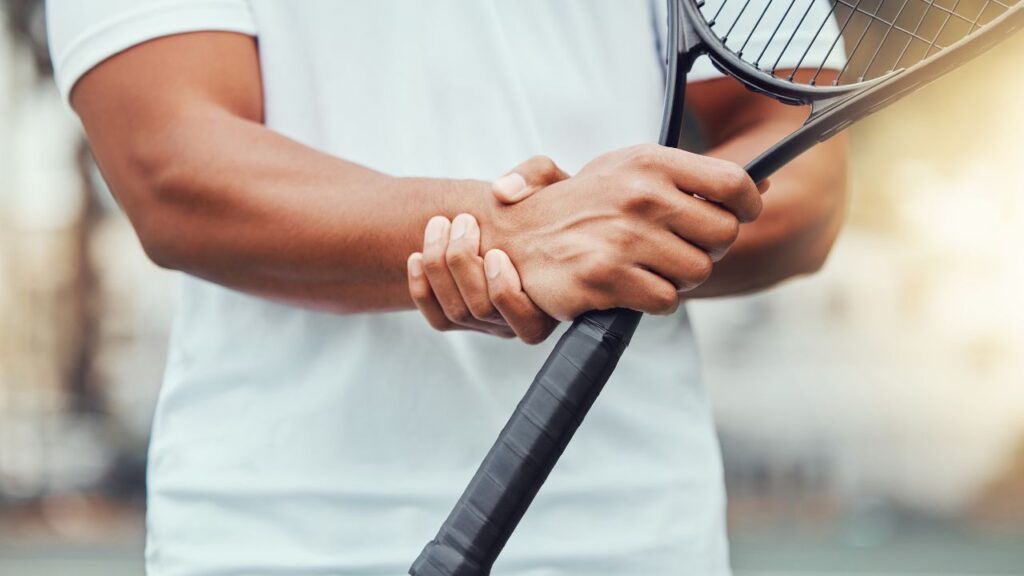
Common Mistakes to Avoid
- Avoid gripping the racket too tightly, as it can limit your movement and power.
- Don’t neglect practicing grip changes—fluid transitions are critical during play.
- Ensure you use the appropriate grip for each shot to maximize your performance.
- Early grip training is crucial. Develop good habits to avoid difficult corrections later on.
Practice Exercises
These simple exercises can help you firm up your grip technique:
- Shadow swings: practice the grip without hitting a ball.
- The ball drops: hit balls at waist height to focus on hand position.
- Grip switching: practice changing grips with different shots.
- Wall hitting: refine your grip control by consistently hitting a wall.
- Partner rallies: improve dynamic grip changes with a partner.
- Video analysis: record and analyze your grip during practice.
With dedication to these practices, beginner tennis players can look forward to advancing their game significantly, one grip at a time!
Conclusion
Remember, each grip serves a specific purpose, and mastering them allows for a dynamic and responsive game. Don’t worry if it feels awkward at first. Regular practice with peers or on your own will make these grips second nature.








